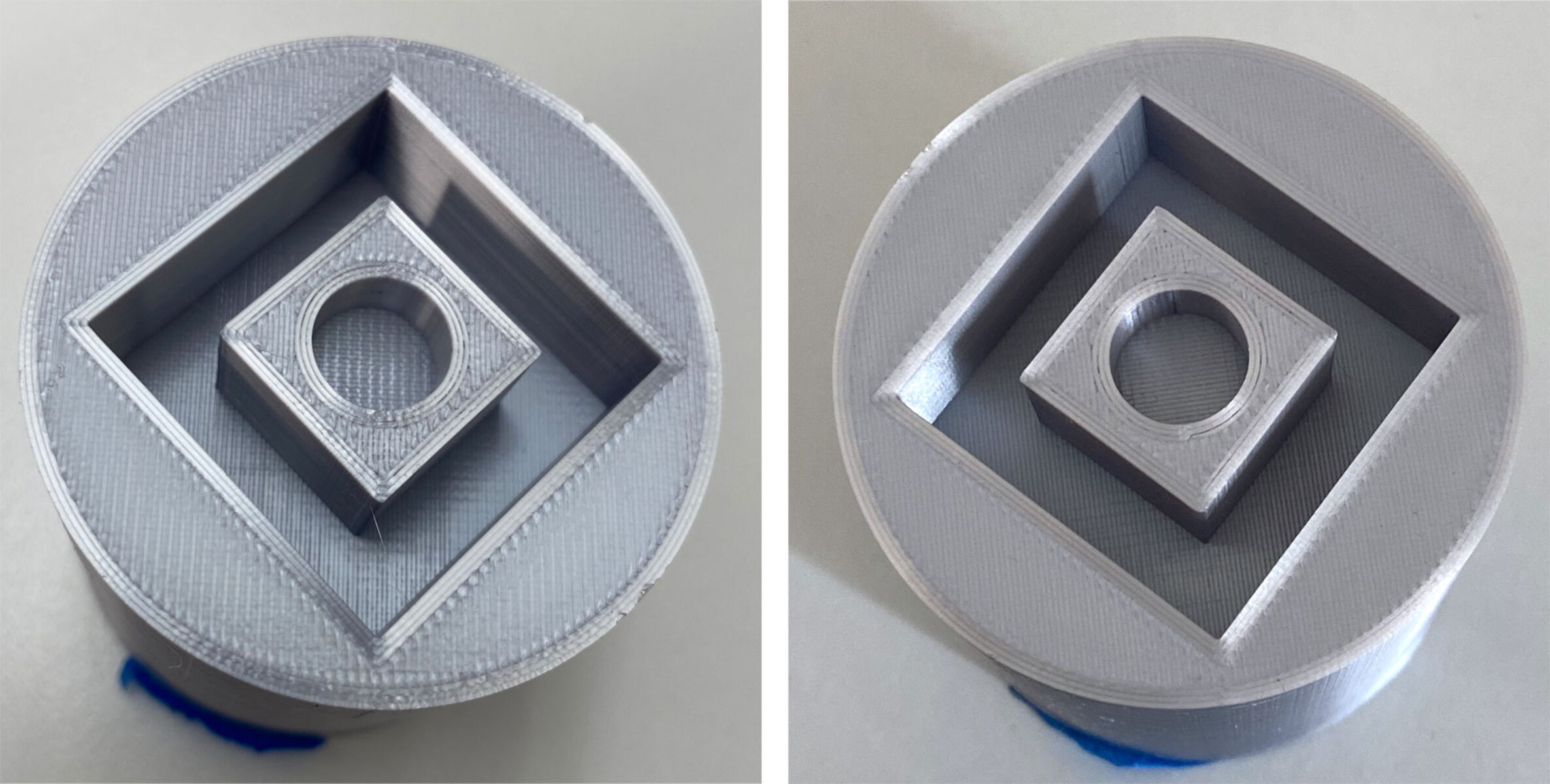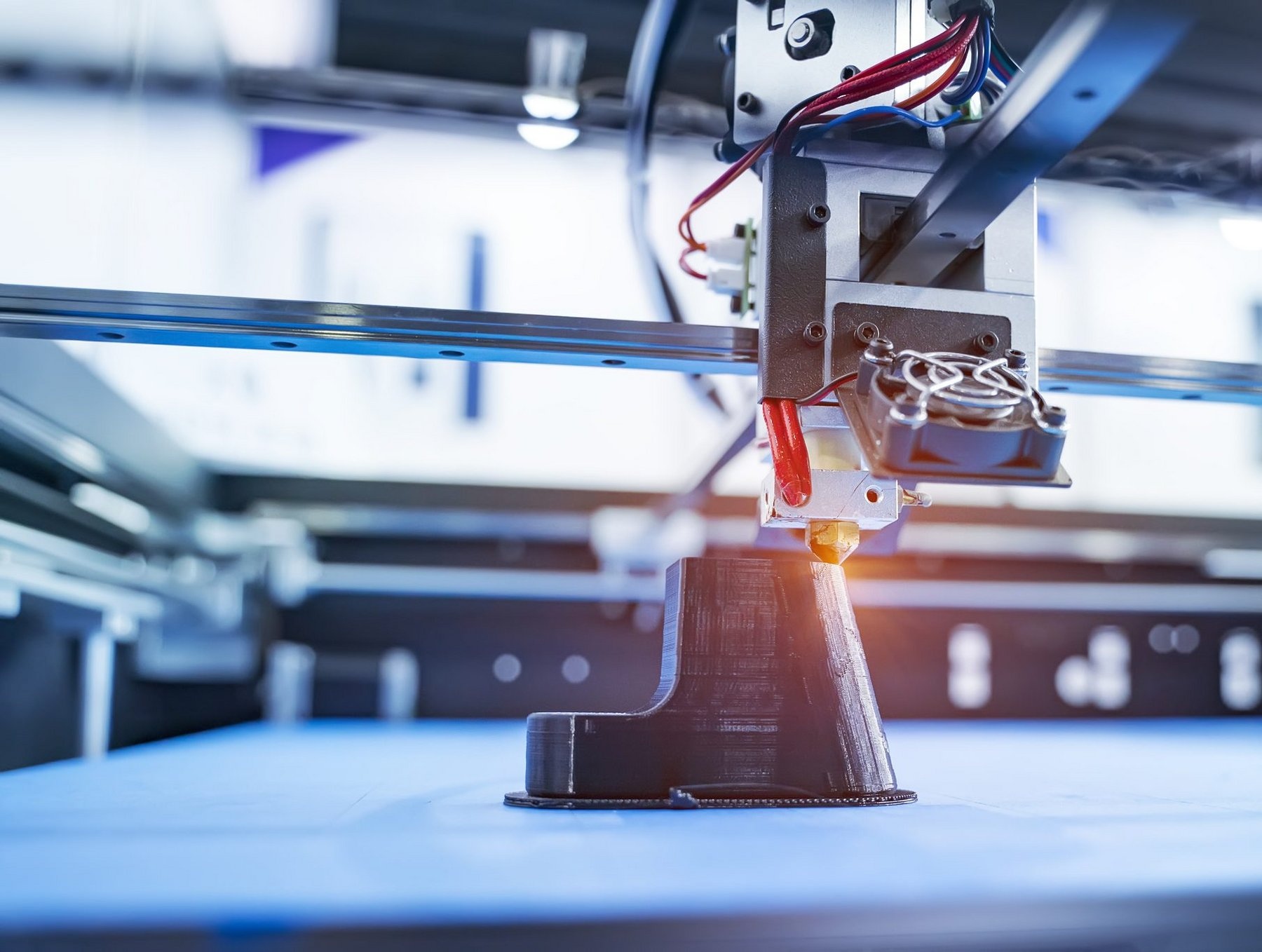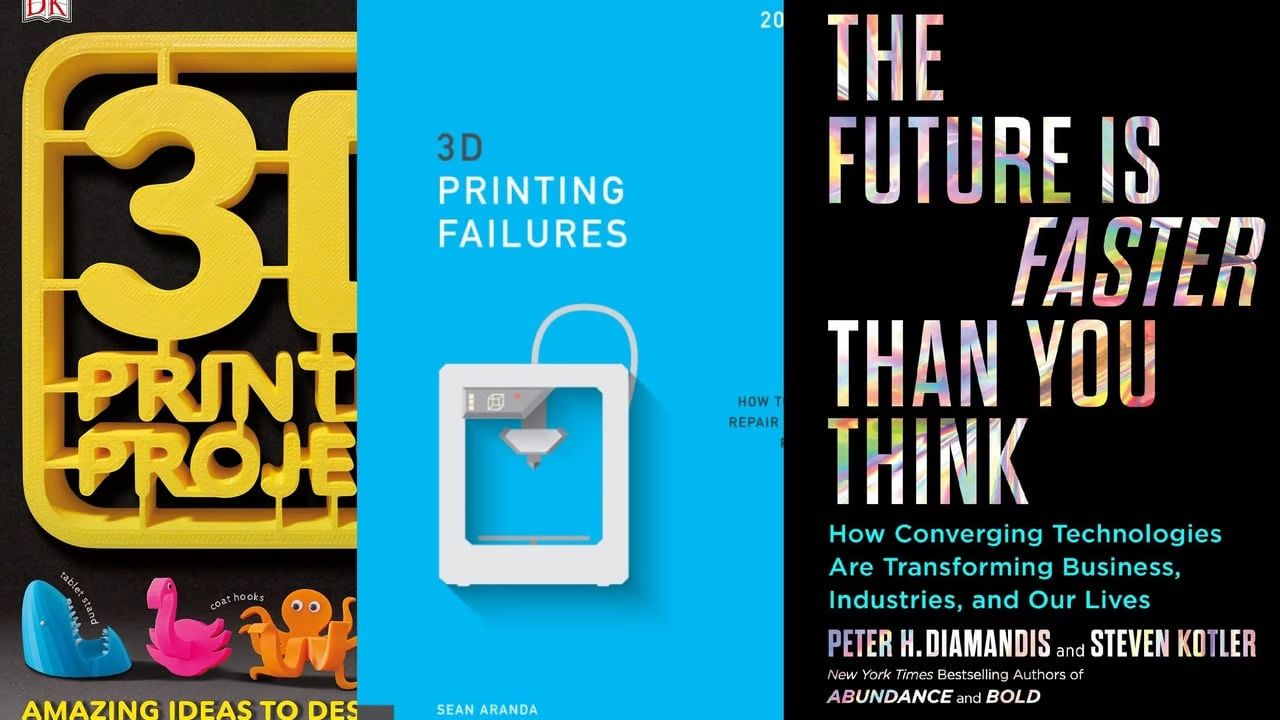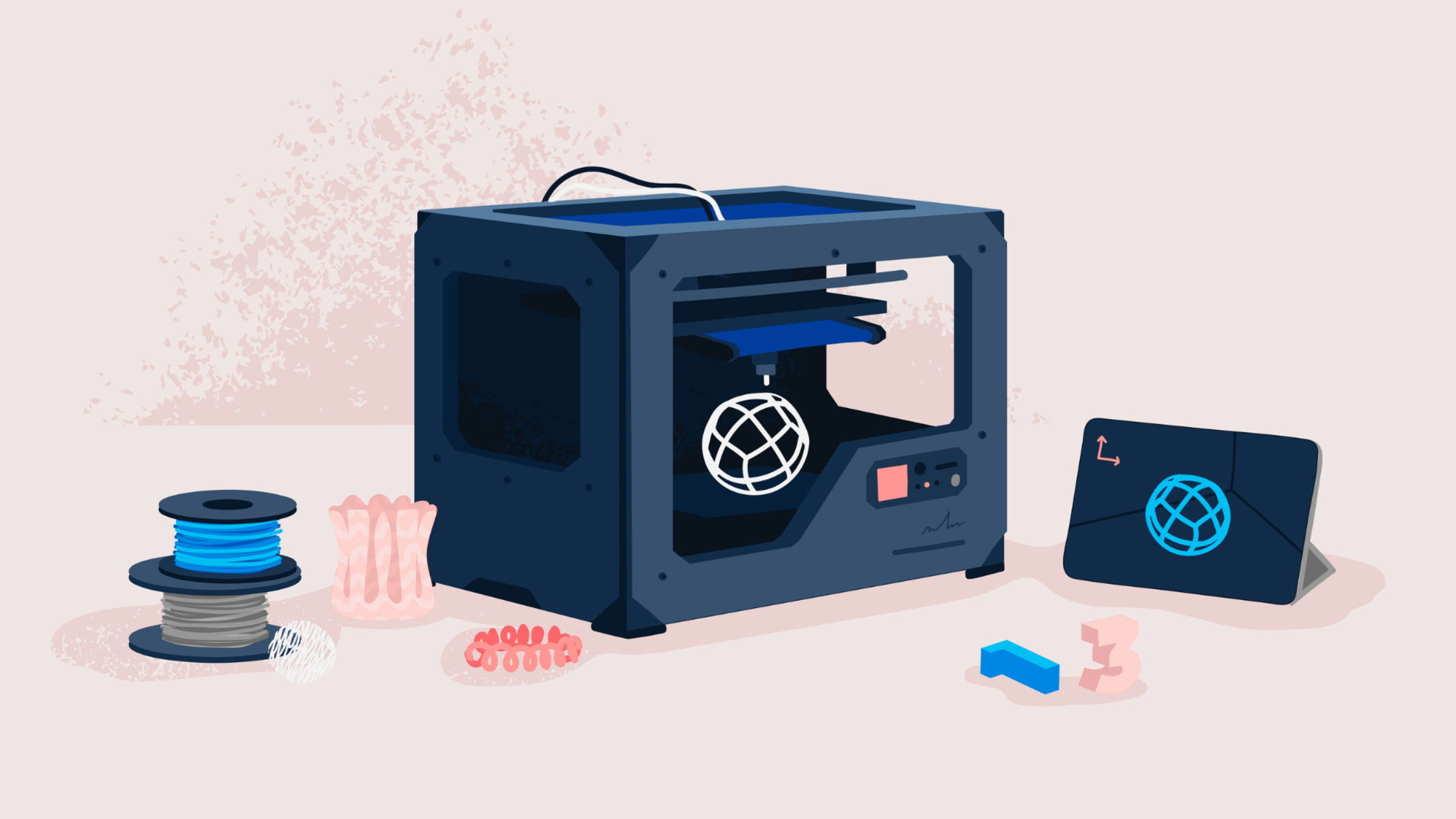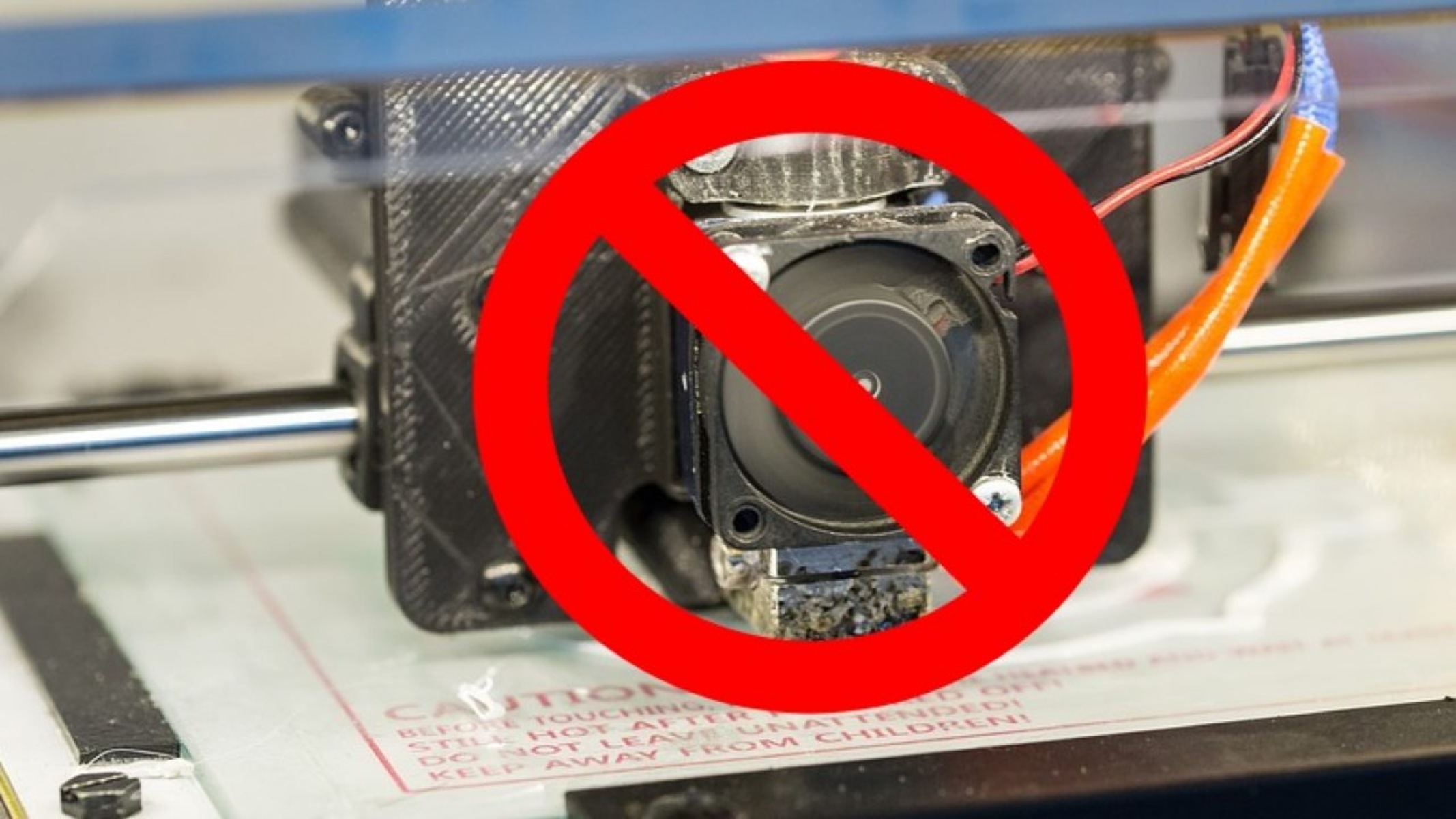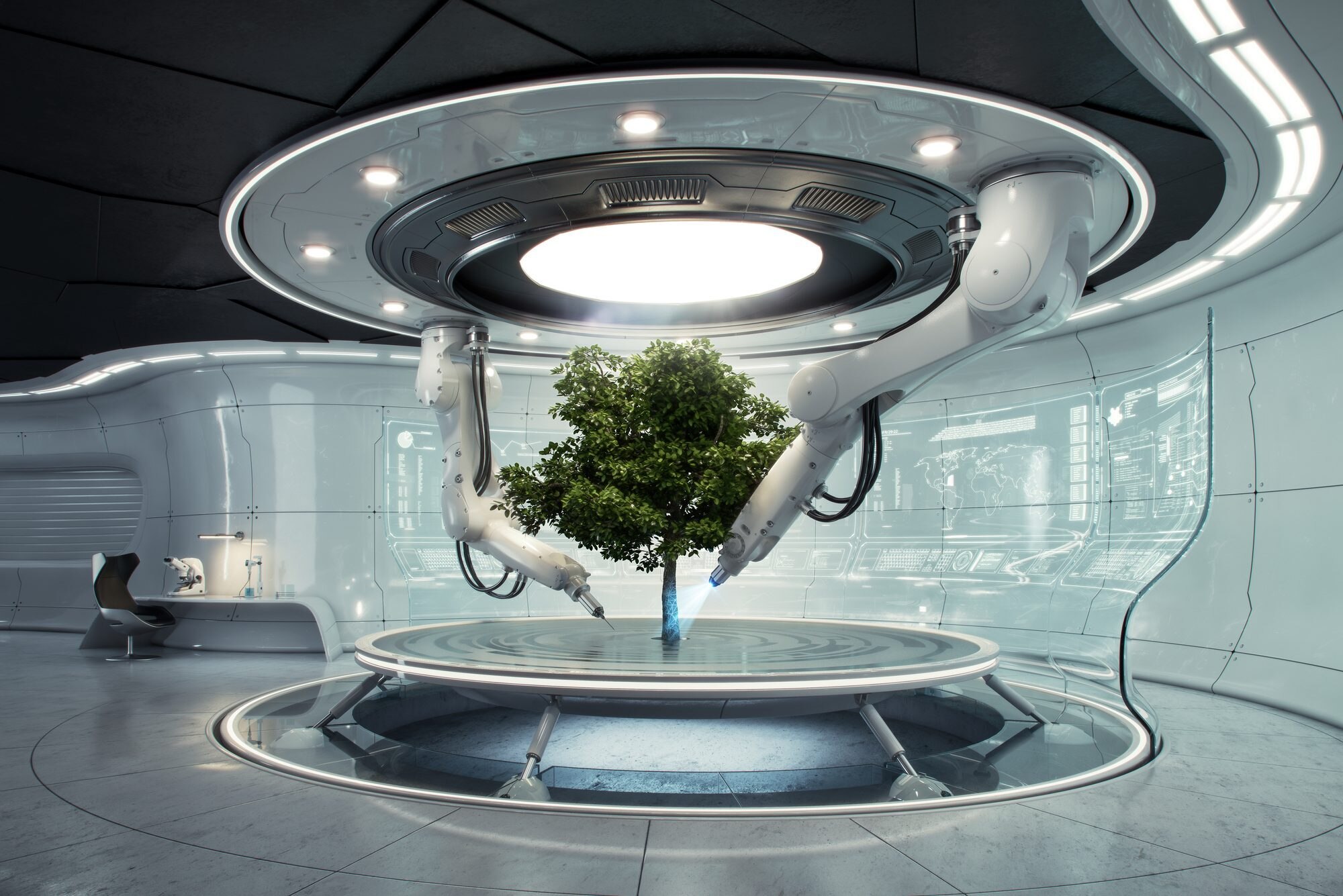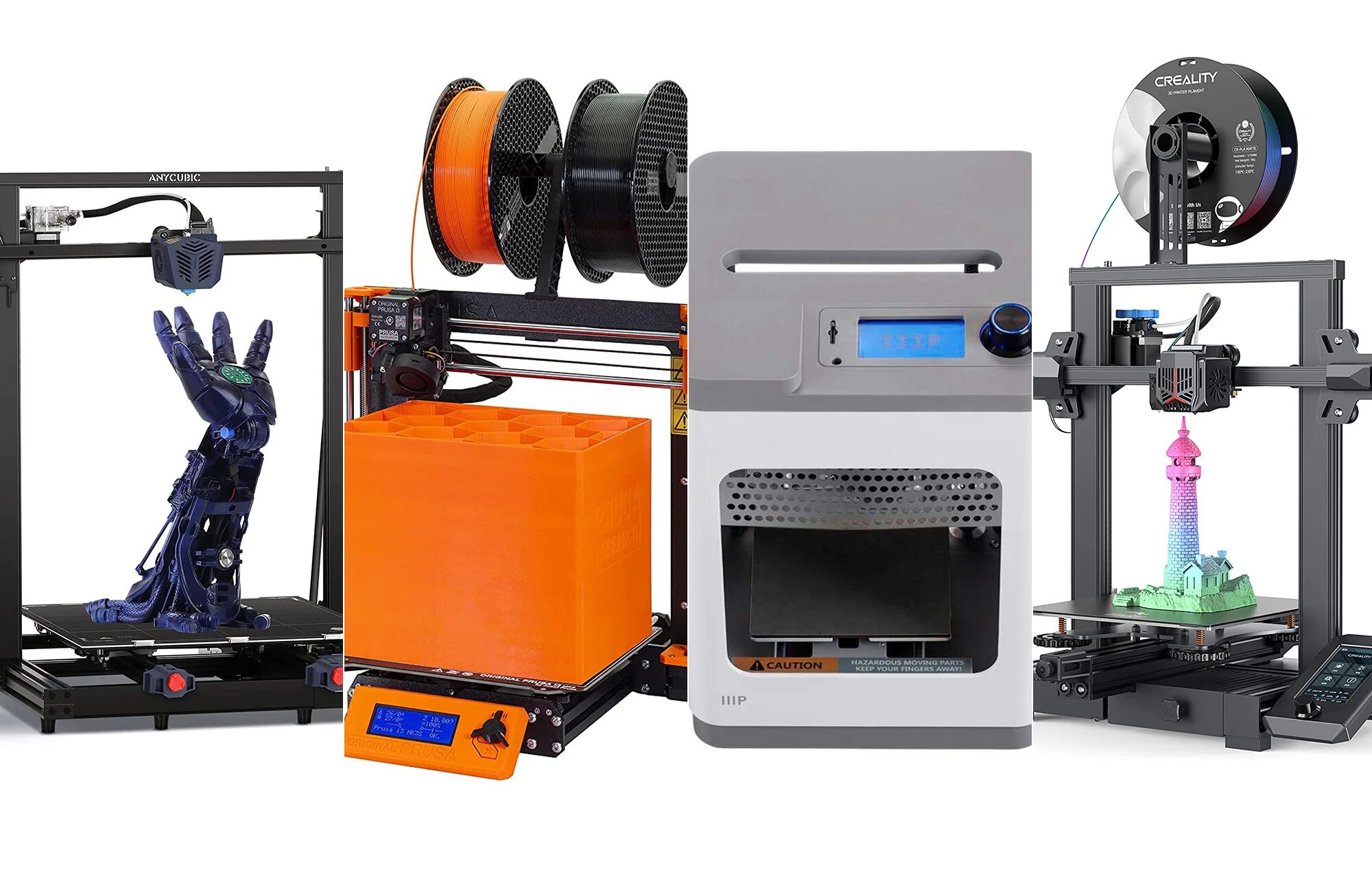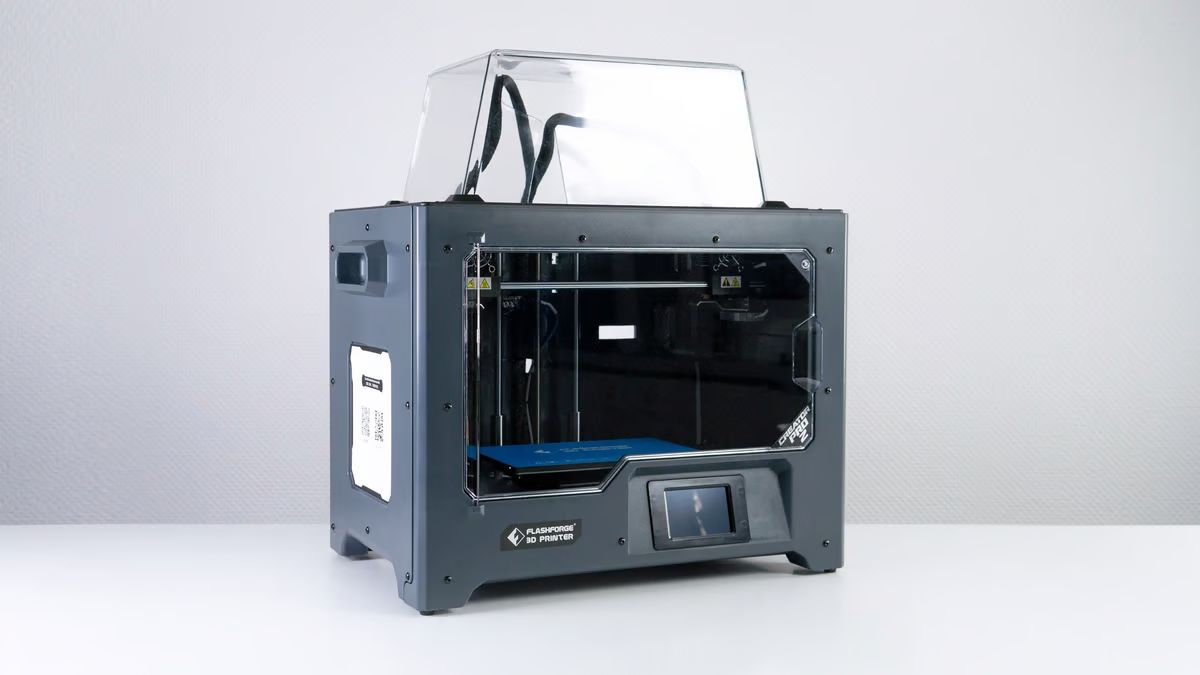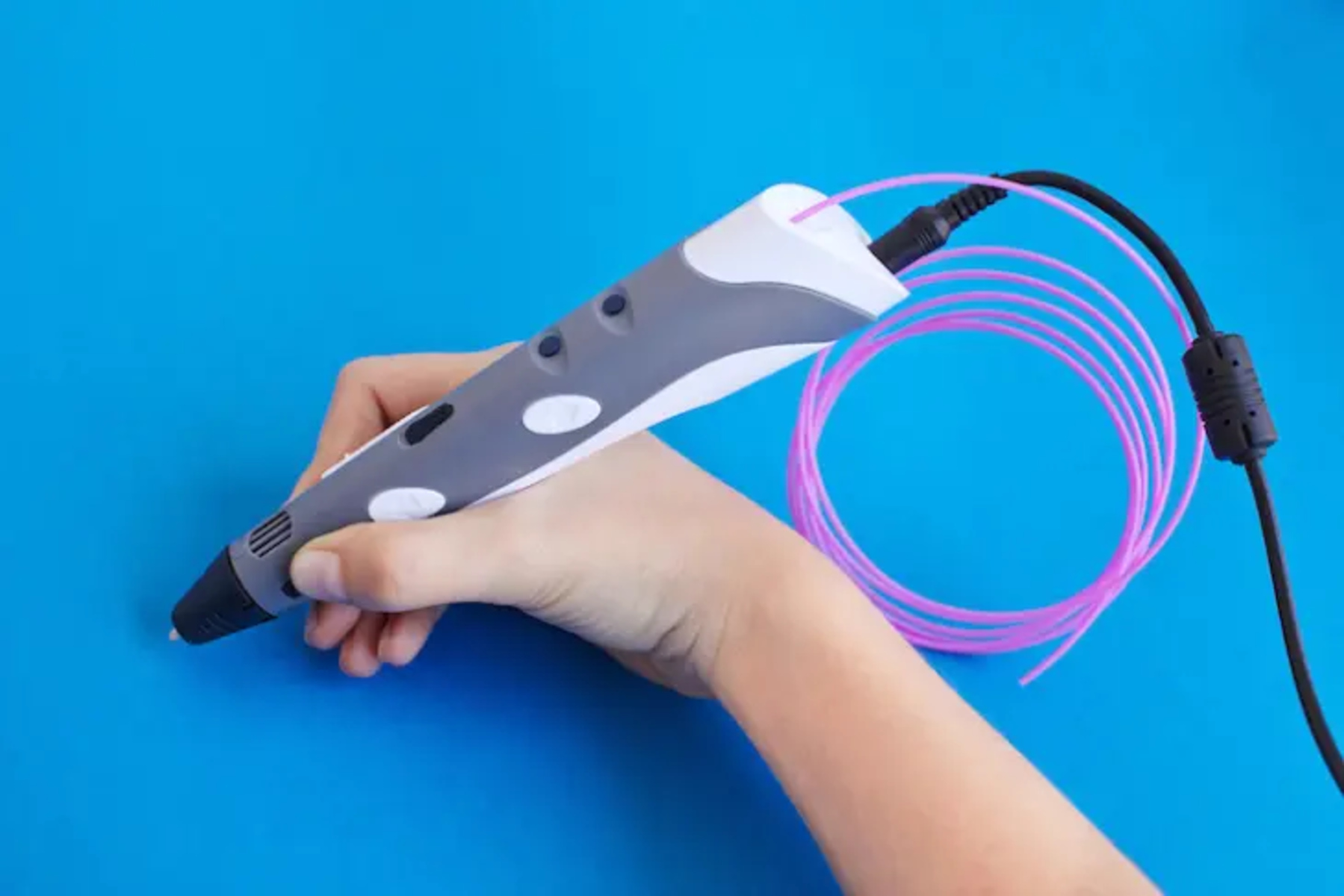Cleaning and Removing Supports
Cleaning and Removing Supports
One of the first steps after 3D printing a model is to carefully clean and remove the supports. Supports are temporary structures that are printed alongside the main model to provide stability during the printing process. They help prevent sagging, drooping, and other issues that can arise when printing complex or overhanging parts.
To clean and remove the supports, you will need some basic tools such as pliers, tweezers, or a deburring tool. Start by identifying the areas where the supports are attached to the model. Carefully grasp the support structure with the pliers or tweezers and gently wiggle it back and forth until it detaches from the model. Take your time and be patient to avoid damaging the printed part.
After removing the supports, there may be some residue or rough edges left behind. You can use a deburring tool or sandpaper to smooth out these imperfections. Be cautious not to apply too much pressure or sand away too much material, as this can distort the shape of the printed part.
It’s also important to clean the model to remove any dust, debris, or excess filament that may have accumulated during the printing process. You can use a soft brush or compressed air to gently remove any loose particles. Avoid using any harsh chemicals or solvents that could potentially damage the printed part.
By thoroughly cleaning and removing supports, you ensure that your 3D printed object looks its best and functions as intended. It is a crucial step in the post-processing workflow that helps achieve a professional finish for your prints.
Post-Processing and Smoothing
Post-Processing and Smoothing
Once you have cleaned and removed the supports from your 3D printed model, the next step is to focus on post-processing and smoothing the surface of the print. While the initial print may have visible layer lines or rough edges, post-processing techniques can significantly enhance the overall appearance and feel of the object.
One popular method to smooth 3D printed parts is called “post-processing” or “smoothing”. This technique involves applying a solution or substance to the surface of the print to reduce or eliminate the visibility of layer lines. There are several methods for post-processing, including chemical smoothing, sanding, or vapor smoothing.
Chemical smoothing involves using certain chemical solutions, such as acetone for ABS prints or isopropyl alcohol for PLA prints, to dissolve the outer layer of the print. This process can help melt and blend the layers together, resulting in a smoother surface finish. However, it is important to note that chemical smoothing should be done with caution, as improper handling or exposure to fumes can be hazardous.
Another popular method is sanding, which involves using sandpaper or sanding blocks to manually smooth out the surface of the print. This technique allows for greater control over the level of smoothness and is suitable for prints with more complex geometries. Start with a coarse grit sandpaper to remove the layer lines, and then gradually work your way up to finer grits to achieve a polished finish.
Vapor smoothing is a technique typically used for ABS prints that involves exposing the printed part to acetone vapors in a sealed container. The vapor reacts with the ABS material, causing it to slightly melt and self-level, resulting in a smoother surface. This method requires careful handling and proper ventilation due to the use of acetone.
By engaging in post-processing and smoothing techniques, you can elevate the quality and appearance of your 3D prints. Experiment with different methods and find the approach that works best for your specific project and desired finish.
Sanding and Filling Imperfections
Sanding and Filling Imperfections
After post-processing and smoothing the surface of your 3D printed model, you may still notice some imperfections such as small gaps, rough areas, or visible layer lines. Sanding and filling are two techniques that can help further refine the surface and achieve a more polished finish.
Sanding involves using sandpaper or sanding blocks of various grits to gently remove layers and smooth out any rough areas. Start with a coarse grit sandpaper, such as 100 or 150, to remove the most prominent imperfections. Be sure to sand in a consistent and even motion to maintain the shape and integrity of the model. Gradually progress to finer grits, such as 220, 320, and 400, to achieve a smoother surface. Finish off with even finer grits, such as 600 or 800, to further refine the finish.
When sanding, it is crucial to maintain a light touch and avoid applying too much pressure. This helps prevent inadvertently removing too much material and distorting the shape of the print. Additionally, it’s recommended to regularly clean the surface during sanding to remove any dust or debris that may accumulate and interfere with the smoothness of the finish.
In cases where there are visible gaps or imperfections that sanding alone cannot address, filling becomes a valuable technique. Filling involves using a filler material, such as epoxy putty or 3D printing-specific filler, to fill in gaps or smooth out uneven areas. Apply the filler using a spatula or toothpick, ensuring it is evenly spread across the affected area. Once the filler has cured, sand the surface gently to blend it with the surrounding areas.
By incorporating sanding and filling techniques into your post-processing workflow, you can significantly improve the overall appearance and feel of your 3D printed models. These steps contribute to achieving a refined finish that showcases the details of your design and eliminates any remaining imperfections.
Priming and Painting
Priming and Painting
Once you have achieved a smooth surface on your 3D printed model, priming and painting can help enhance its visual appeal and provide a professional finish. Priming creates a smooth and even surface for paint adhesion, while painting allows you to add color, texture, and personalization to your print.
Priming is an essential step before painting. It involves applying a primer coat to the surface of the model to create a stable base for the paint to adhere to. Primers can be sprayed or brushed on, and they fill in any remaining imperfections and provide a smooth surface for painting. Choose a primer that is compatible with the material of your print, such as a plastic primer for ABS or a self-etching primer for metal prints.
After priming, you can proceed with painting your 3D printed model. There are various paints that can be used, including acrylic, enamel, or spray paints. Acrylic paints are popular due to their versatility, quick drying time, and easy clean-up with water. Enamel paints provide a durable and glossy finish but require longer drying times and may require additional ventilation due to fumes. Spray paints offer convenience and smooth coverage, making them ideal for larger prints or complex shapes.
Before painting, ensure that the primed surface is clean and free of any dust or debris. Use thin coats of paint and allow each layer to dry completely before applying the next. Multiple thin coats will result in a smoother and more even finish compared to a single thick coat. You can use brushes, sponges, or airbrushes, depending on the desired effect and level of detail.
Furthermore, consider adding additional techniques such as dry brushing or weathering to add depth and texture to your print. These techniques create highlights, shadows, or aging effects, giving your model a realistic and unique appearance.
By priming and painting your 3D printed models, you can transform them into vibrant and visually stunning objects. Experiment with different colors, techniques, and finishes to bring your designs to life and showcase your creativity and craftsmanship.
Assembly and Finishing Touches
Assembly and Finishing Touches
Once you have completed the post-processing and painting of your 3D printed model, the next step is to focus on assembly and adding the finishing touches. This involves putting together any separate printed parts, adding additional components, and making final adjustments to ensure a polished and functional end product.
Start by carefully examining the printed parts and identifying how they fit together. Use any alignment marks or holes that were designed into the model to guide the assembly process. Depending on the complexity and size of the project, you may use adhesive, screws, or other fastening methods to securely join the parts. Take your time and ensure everything aligns properly before permanently attaching the pieces.
After assembly, you can further enhance the appearance and functionality of your print by adding finishing touches. This can include adding decals, stickers, or labels to simulate real-world branding or identification. Additionally, consider adding details such as buttons, knobs, or other small features that may have been omitted during the 3D printing process. These details can be attached using adhesive or incorporated into the design during the modeling stage.
If your 3D printed model incorporates moving parts or mechanisms, carefully test and verify their functionality. Make any necessary adjustments to ensure smooth and reliable operation. Lubrication may be required for certain components to reduce friction and improve performance.
In addition to the physical assembly, consider documenting your project through photography or video to showcase your work and share it with others. This documentation can be valuable for personal reference or for sharing your process and techniques with the 3D printing community.
By focusing on assembly and adding the finishing touches to your 3D printed models, you can elevate the overall quality, functionality, and aesthetic appeal of your creations. This final stage completes the transformation from a series of printed parts to a fully realized and impressive end product.
Adding Electronics and Wiring
Adding Electronics and Wiring
Once you have assembled the physical components of your 3D printed model, you may want to consider adding electronics and wiring to enhance its functionality or create interactive features. Incorporating electronics can add a new level of excitement and customization to your project.
Start by identifying the electronic components you want to integrate into your model. This can include microcontrollers, sensors, LEDs, buttons, motors, or any other electronic devices that align with your desired functionality. Carefully plan the placement of these components to ensure they fit properly within the design and do not interfere with the structural integrity of the model.
Next, determine the power source for your electronics. This can range from regular batteries to rechargeable options depending on the requirements of your specific components. Consider how the power source will be hidden or accessed within the model while also ensuring safety and convenience.
Wiring is a crucial aspect of adding electronics to your 3D printed model. Take time to plan and organize the wire routing to avoid any tangling or interference with moving parts. Consider using wire channels or clips to secure the wires in place and maintain a clean and professional appearance. It is also important to ensure proper insulation and protection of the wires to prevent any electrical hazards.
Depending on the complexity of your electronics, you may need to solder or connect wires using connectors or breadboards. Follow proper soldering techniques and guidelines to ensure strong and reliable connections. If you are uncomfortable with soldering, consider using plug-and-play modules or consulting with electronics experts for guidance.
Once the electronics and wiring are in place, test the functionality of each component to ensure they are working as expected. Troubleshoot any issues that arise, such as incorrect wiring connections or software programming errors. Make any necessary adjustments or fine-tuning to achieve the desired performance.
By adding electronics and wiring to your 3D printed model, you can create interactive and functional projects that truly showcase the power of 3D printing technology. Whether it’s a flashing LED display, a motorized mechanism, or sensor-triggered responses, incorporating electronics can take your project to the next level of innovation and creativity.
Post-Production: UV Curing and Polishing
Post-Production: UV Curing and Polishing
In the post-production phase of your 3D printing project, UV curing and polishing are two additional steps you can take to refine the appearance and durability of your printed models.
UV curing involves applying ultraviolet (UV) light to the printed part to speed up the curing or hardening process of certain types of resin-based 3D prints. This step is particularly relevant for prints created with stereolithography (SLA) or digital light processing (DLP) printing technologies. UV curing not only increases the strength and stability of the printed model but also enhances the detail and clarity of intricate features.
To perform UV curing, you will need a UV curing chamber or a UV light source. Place your printed model inside the chamber or position the UV light source at a suitable distance. Follow the manufacturer’s instructions for the recommended exposure time to ensure proper curing. Be mindful of the potential heat generated during this process, as excessive heat can cause warping or deformation of the printed part.
Polishing is another post-production step that can help achieve a smooth and glossy finish on your 3D printed models. Depending on the material used, such as PLA or ABS, different polishing techniques may be applicable. For PLA prints, sanding the surface with progressively finer grits of sandpaper can help remove layer lines and imperfections. Alternatively, for ABS prints, using acetone vapor smoothing or applying a specialized ABS smoothing solution can provide a polished and uniform appearance.
When polishing, start with a coarser grit sandpaper, such as 200 or 400, and gradually progress to finer grits, up to 2000 or even higher for a mirror-like finish. Focus on areas with visible layer lines or rough texture, sanding in a consistent and even motion. Keep the sandpaper and the model moist or lubricated for better results, as it helps prevent excessive friction and prevents the plastic from melting due to heat build-up.
After sanding, consider using a polishing compound or a specialized plastic polish to further enhance the shine and smoothness of the surface. Apply the polish using a soft cloth or a buffing wheel, following the product instructions for best results.
By incorporating UV curing and polishing into your post-production workflow, the end result of your 3D printed model can be enhanced in terms of strength, clarity, and visual appeal. These additional steps contribute to achieving a professional and refined finish that highlights the intricacies of your design.
Creating Functional Parts
Creating Functional Parts
One of the main advantages of 3D printing technology is its ability to produce functional parts that can serve a specific purpose beyond mere aesthetics. Whether you’re designing prototypes, replacement parts, or custom components, 3D printing allows you to bring your ideas to life with precision and efficiency.
When creating functional parts, it’s important to consider the intended use and the requirements of the part. Take into account factors such as strength, durability, flexibility, heat resistance, and chemical resistance. Selecting the appropriate material for your print is crucial in achieving the desired functionality. Common materials used for functional parts include PLA, ABS, PETG, nylon, and various resin types. Each material has its own unique properties that can affect the performance of the printed part.
Design for functionality by utilizing the CAD software’s capabilities to create models that account for tolerances, clearances, and interlocking features. This ensures proper fit and functionality of the parts when assembled or used in conjunction with other components.
Consider incorporating additional features such as threads, hinges, clips, or snap-fit connections directly into the design to avoid separate assembly steps. These features can improve the usability and functionality of the part while reducing the need for additional hardware or fasteners.
Test your functional parts before final production to ensure they meet your requirements. Verify that the dimensions, strength, and overall performance meet your expectations. Iterative testing and design refinement may be necessary to achieve the desired functionality.
Additionally, post-process the functional parts as needed. Perform any necessary sanding, smoothing, or surface treatment to eliminate any imperfections that could affect the performance or feel of the part. This step is especially important for parts that require precise fits or moving components.
Whether you are creating prototypes for product development, replacement parts for equipment, or custom components for your personal projects, 3D printing provides the flexibility and capability to produce functional parts that meet your specific needs. With the right materials, design considerations, and testing, you can create reliable and practical parts that deliver on their intended purpose.
Reusing or Recycling Failed Prints
Reusing or Recycling Failed Prints
3D printing is a process that relies on trial and error, and occasionally, prints may fail due to various reasons such as insufficient adhesion, print errors, or design flaws. However, even failed prints don’t have to go to waste. There are several ways to reuse or recycle them to minimize material waste and maximize the value of your 3D printing efforts.
One option is to repurpose the failed prints for other projects or prototypes. Failed prints can often be salvaged by removing the supports, sanding or filing down imperfections, and reusing them as smaller components or decorative elements in future prints. This approach not only helps reduce material waste but also saves you time and money by utilizing existing resources.
Another option is to upcycle the failed prints, transforming them into useful or artistic creations. You can experiment with cutting, reshaping, or combining the failed prints with other materials to create unique objects such as keychains, jewelry, or decorative art pieces. This allows you to breathe new life into the failed prints and turn them into something visually appealing and functional.
If repurposing or upcycling is not feasible, failed prints can be recycled to recover the raw materials for future use. Some filament manufacturers accept failed prints or used spools for recycling. These companies have processes to break down the prints and convert them back into filament, ready for another round of printing. Research recycling facilities near you or inquire with filament manufacturers to explore recycling options for your failed prints.
Additionally, consider composting failed prints made from compostable materials such as PLA. These materials are biodegradable and can be broken down by microorganisms in a composting environment. Ensure that the composting facility can handle the specific materials used in your prints and follow proper composting guidelines to minimize environmental impact.
Before reusing or recycling failed prints, it’s essential to assess the quality and integrity of the prints. Make sure they are free from contaminants or foreign materials that could affect the downstream processes. Properly clean and prepare the failed prints as needed before repurposing, upcycling, or recycling.
By exploring options for reusing or recycling failed prints, you can contribute to a more sustainable and resource-efficient approach to 3D printing. Embracing these strategies not only reduces material waste but also encourages creativity and innovation in finding new uses for imperfect prints.
Documenting and Sharing Your Project
Documenting and Sharing Your Project
One of the most rewarding aspects of 3D printing is the ability to document and share your projects with others in the community. Documenting your 3D printing journey not only allows you to showcase your work but also provides a valuable resource for others to learn from and be inspired by your process and techniques.
Start by capturing photographs or videos of your project at different stages – from the initial design concept to the final printed model. These visual representations help tell the story of your project and allow others to see the progression and evolution of your work. Use good lighting and focus on capturing clear details to accurately showcase the design and craftsmanship.
In addition to visual documentation, consider writing a detailed description or step-by-step guide that outlines the process you followed, challenges you encountered, and solutions you implemented. This helps provide context and valuable insights for others who may be interested in replicating or learning from your project. Organize your documentation into logical sections to make it easy for readers to follow.
Sharing your project with the 3D printing community can be done through various platforms. Online communities, forums, and social media platforms dedicated to 3D printing are excellent places to connect with like-minded individuals and share your work. Post your documentation, photos, and videos, and engage in discussions to receive feedback and ideas from others.
Consider creating a dedicated blog, website, or online portfolio where you can showcase your projects in detail. This provides a centralized location for others to explore your work and learn from your experiences. Include project descriptions, photos, videos, and any additional resources or files that others can download or use.
If your project includes unique or innovative designs, consider open-sourcing your files by sharing them via platforms like Thingiverse or GitHub. By making your designs available to others, you encourage collaboration and further innovation within the 3D printing community.
Participating in local maker fairs, workshops, or conferences is another way to share your projects and engage with others who share a passion for 3D printing. These events provide opportunities to showcase your work in person, answer questions, and inspire others through hands-on demonstrations.
By documenting and sharing your 3D printing projects, you contribute to the collective knowledge and growth of the community. Inspire others, receive valuable feedback, and connect with like-minded individuals who share your enthusiasm for this powerful technology.







